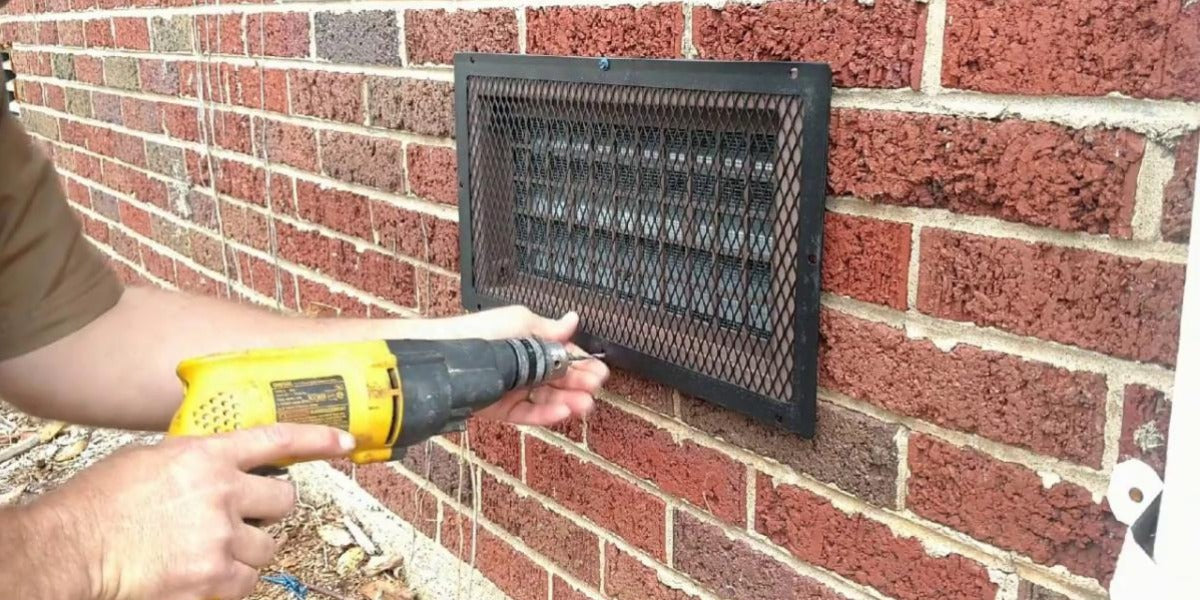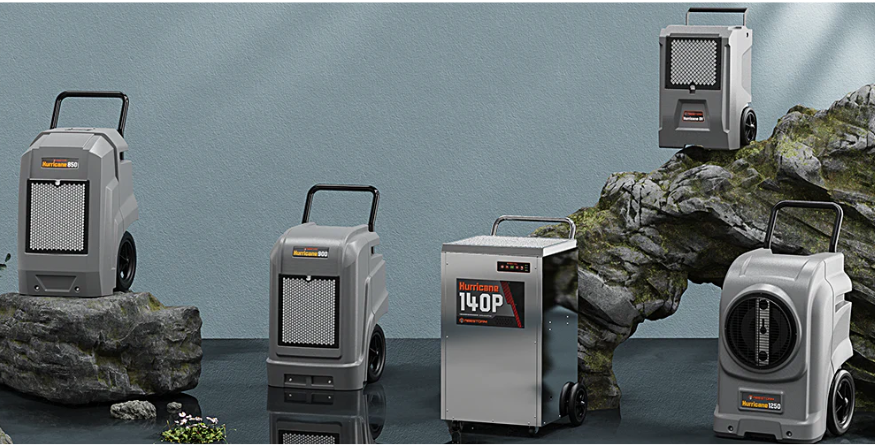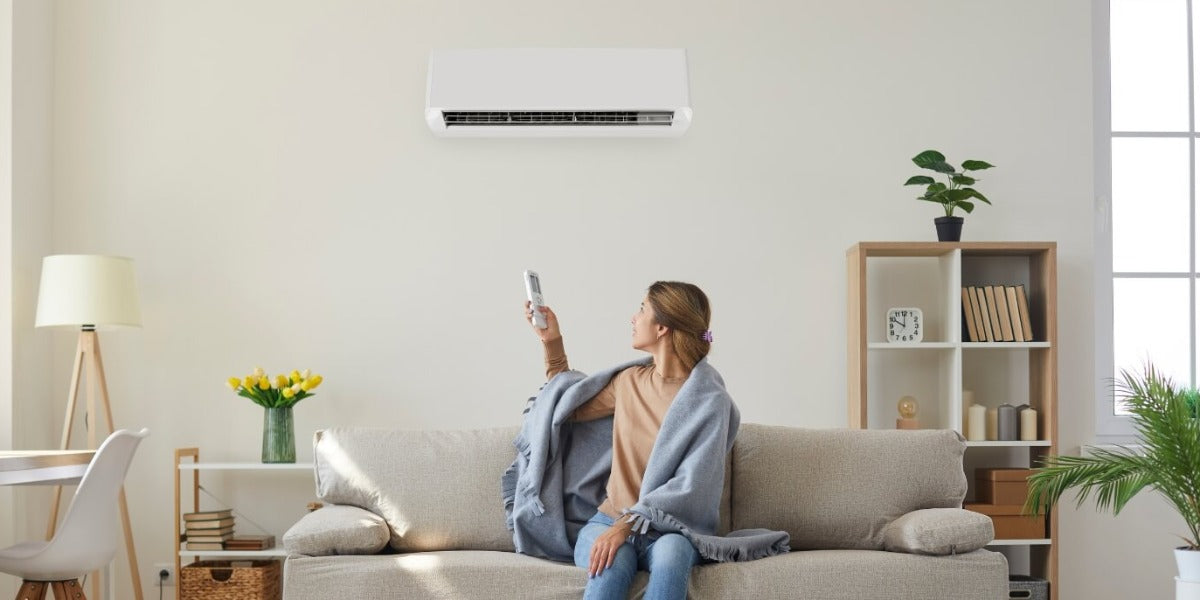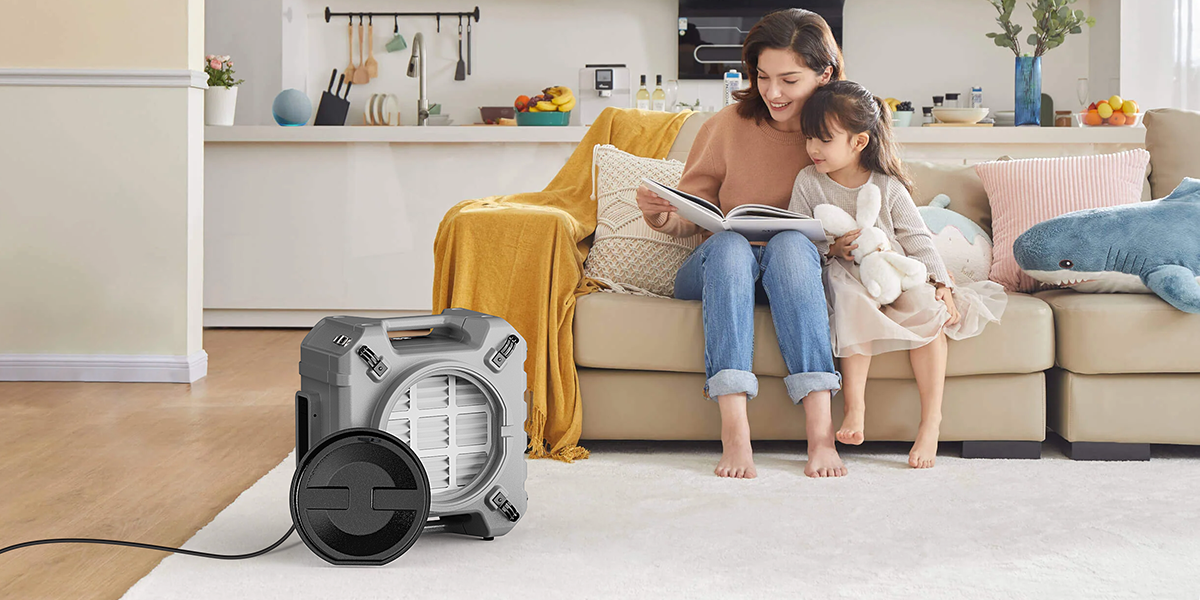Proper ventilation allows fresh air to circulate, reducing humidity and creating a healthier environment beneath your home. Without adequate ventilation, excess moisture can lead to costly repairs and compromise indoor air quality. In this article, we’ll guide you through the process of installing crawl space vents like a pro.
Whether you’re a seasoned DIY enthusiast or a first-time homeowner, our step-by-step instructions will help you ensure your crawl space remains dry and well-ventilated. Read on to find out how to install crawl space vents in your home!
Benefits of Installing Crawl Space Vents
Installing crawl space vents offers numerous advantages for your home's health, structural integrity, and overall indoor environment. Here are the key benefits:
Moisture Control
Proper ventilation helps reduce humidity levels in the crawl space, preventing moisture buildup that can lead to mold growth and wood rot. According to the U.S. Department of Housing and Urban Development (HUD), "Crawl spaces should have 1 square foot of vent area for every 150 square feet of crawl space floor area."
Improved Indoor Air Quality
By allowing fresh air to circulate, crawl space vents help improve the overall indoor air quality of your home. According to the Environmental Protection Agency (EPA), "proper ventilation helps reduce indoor air pollutants, including radon, formaldehyde, and volatile organic compounds (VOCs), which can have significant health impacts."
Structural Integrity Preservation
Ventilation helps prevent wood rot and structural damage by reducing moisture content in the crawl space. A study by the Building Science Corporation found that homes with properly ventilated crawl spaces experienced a 15% decrease in moisture-related structural issues.
Energy Efficiency
Well-ventilated crawl spaces can contribute to better energy efficiency in your home. The International Association of Certified Home Inspectors (InterNACHI) notes, "Proper crawl space ventilation can reduce heating and cooling costs by up to 15% by preventing the stack effect and improving overall home insulation performance."
Pest Control
Adequate ventilation can deter pests that thrive in damp, dark environments. Dry, well-ventilated crawl spaces are less attractive to termites, carpenter ants, and other wood-destroying insects.
Odor Reduction
Crawl space vents help eliminate musty odors that can permeate your living spaces. This not only improves the comfort of your home but also indicates a healthier living environment.
Compliance with Building Codes
Many local building codes require proper crawl space ventilation. Installing vents ensures your home meets these standards, which is crucial for resale value and insurance purposes.
By installing crawl space vents, you're taking a proactive step toward maintaining a healthier, more durable, and energy-efficient home. Remember, the specific benefits may vary depending on your local climate and home construction, so it's always best to consult with a professional for tailored advice.
Types of Crawl Space Vents
Mechanical Vents: Utilize fans or blowers to actively circulate air into and out of the crawl space. These vents are particularly effective in areas with high humidity or where natural airflow is insufficient.
Passive Vents: Rely on natural airflow and pressure differentials to ventilate the crawl space. These vents are typically installed on the exterior walls of the crawl space and allow air to flow in and out based on temperature and wind conditions.
Combination Vents: Incorporate both passive and mechanical components for enhanced ventilation control. These systems often feature passive vents that work in conjunction with mechanical fans, providing a versatile approach to crawl space ventilation.
Foundation Vents: Designed specifically for use in crawl spaces and basements. These vents are typically installed at the foundation level and help to facilitate airflow while preventing pests from entering.
Choosing the Right Type of Vent
When selecting the appropriate type of crawl space vent, consider factors such as the size of your home, your local climate, and specific moisture issues you may be facing. Consulting with a ventilation expert can also provide valuable insights tailored to your home's unique needs.
By understanding the different types of crawl space vents and their benefits, you can make an informed decision that enhances the overall health and efficiency of your home.
Step-by-Step Guide to Install Crawl Space Vents
Tools and Materials Needed
- Power drill
- Reciprocating saw or jigsaw
- Tape measure
- Safety goggles and gloves
- Ventilation vents (mechanical or passive)
- Sealant and fasteners
1. Prepare for Installation
Conduct a thorough inspection of the crawl space area. Remove debris, obstructions, or existing vents that may hinder the installation process.
2. Choose the Location
Select the right location for optimal airflow. Consider proximity to corners and edges, accessibility for maintenance, and local building codes.
3. Cut the Vent Openings
Wear protective gear and follow manufacturer guidelines for the tools you are using. Cut openings for the vents carefully.
4. Install the Vents
Secure the vents in place using appropriate fasteners. Ensure a tight seal around the edges to prevent air leaks.
5. Connect and Test
If installing mechanical vents, connect them according to the manufacturer's instructions. Test the vents to ensure proper airflow and functionality.
Understanding how to install crawl space vents correctly is essential for homeowners looking to improve their home's foundation health, as improper installation can lead to moisture issues and decreased energy efficiency.
Common Mistakes to Avoid
Avoid these common pitfalls when installing crawl space vents:
- Placing vents in low-lying areas prone to flooding
- Failing to seal vents properly, allows air leaks
- Using incorrect vent types for your climate or crawl space conditions
Maintenance Tips for Crawl Space Vents
To maintain the effectiveness of your crawl space vents:
- Regularly inspect vents for debris or blockages
- Clean vents as needed to ensure unrestricted airflow
According to InterNACHI, crawl space vents should be inspected and cleaned at least twice a year to ensure proper airflow and prevent pest intrusion.
FAQs about Crawl Space Vents
Q: Can I install crawl space vents myself, or should I hire a professional?
A: If you have basic DIY skills and follow safety guidelines, installing crawl space vents can be a manageable project. However, hiring a professional ensures proper installation and adherence to building codes.
Q: How do crawl space vents help with energy efficiency?
A: Proper ventilation reduces the need for excessive air conditioning in the summer and heating in the winter by moderating crawl space temperatures.
Q: Do crawl space vents attract pests?
A: Properly installed and maintained vents typically do not attract pests. Ensure vents are sealed and screened to prevent entry.
Invest in Your Home's Health with Proper Ventilation
Installing crawl space vents is a proactive step towards maintaining a healthy home environment. If you want to go one better, install a crawlspace ventilation fan, to work with your air conditioner to keep moisture and humidity at bay. Abestorm is a water damage restoration company and a leading provider of dehumidifiers, air filtration systems, and humidity solutions to improve indoor air quality in your home. We’ve been serving the needs of homeowners for over 20 years.
For 3–4-bedroom houses, we recommend the Abestorm 260CFM Crawlspace Ventilation Fan. For larger homes with 4–5 bedrooms, the Abestorm 540CFM Crawlspace Ventilation Fan is more appropriate. These products, used in tandem with other systems, provide a whole-house solution to managing humidity levels.
Visit our website to see our complete line of products. By controlling moisture levels and improving air circulation, you can enhance indoor air quality and preserve the structural integrity of your home.









Shop For Dehumidifier